Erich Berger: “Field Notes explores spaces of possibilities in Lapland”
Published 23 April 2019 by Hannah Rogers
The Bioart Society has already been exploring the subarctic territory for the past ten years from the Kilpisjärvi Biological Station. Erich Berger presents the Field Notes program and a new call for September 2019.
Erich Berger is the Director of the Bioart Society, based in Helsinki, Finland. He spoke with Hannah Star Rogers following Field Notes: Ecology of Senses to discuss the origins of the program on the Finland-Norway-Sweden border, what makes a field laboratory important for artists, and the Bioart Society’s future plans.
Hannah Star Rogers is currently a Visiting Scholar at the University of Edinburgh. She researches the intersection of art and science, particularly critiques of science in contemporary art.
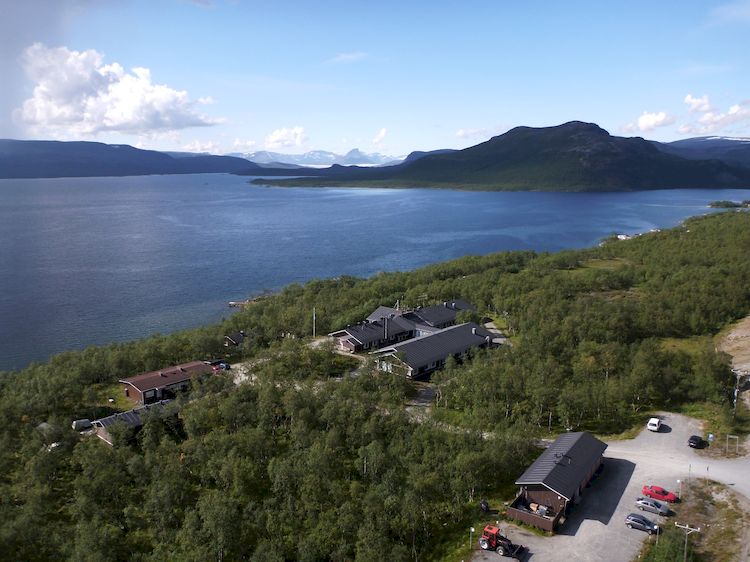
Hannah Rogers: The Bioart Society was founded at the Biological Station in Kilpisjärvi, which is an amazing place in the far north of Finland—home to ongoing scientific research, but also some remarkable art projects. I wonder if you could talk a bit abouthow the program came together in its earliest days.
Erich Berger: The Bioart Society was founded there in 2008, and so we had from the very beginning a very strong relationship with the Kilpisjärvi Biological Station. The station supported the idea of being a site for transdisciplinary work from the beginning. Back then, nobody was specifically experienced in the field, but there was enthusiastic momentum. The group was quite diverse, from digital and media artists to environmental artists, painters, photographers, and so on. In Finland it is very common create an association among a group of people who have common interests, and this was the beginning of the Bioart Society.
We started to work at the Kilpisjärvi Biological Station in 2009 as one of twenty nodes on the planet to look into topics with regard to the human condition. This program initiated by Ars Electronica and our topic was climate change. We worked for two months onsite and produced a conference and a series of artworks. This showed us the potential of the Kilpisjärvi Biological Station and the uniqueness of the landscape. Next, we started a residency program named Ars Bioartica; then we produced site-specific workshops, which were scaled up to become Field Notes.
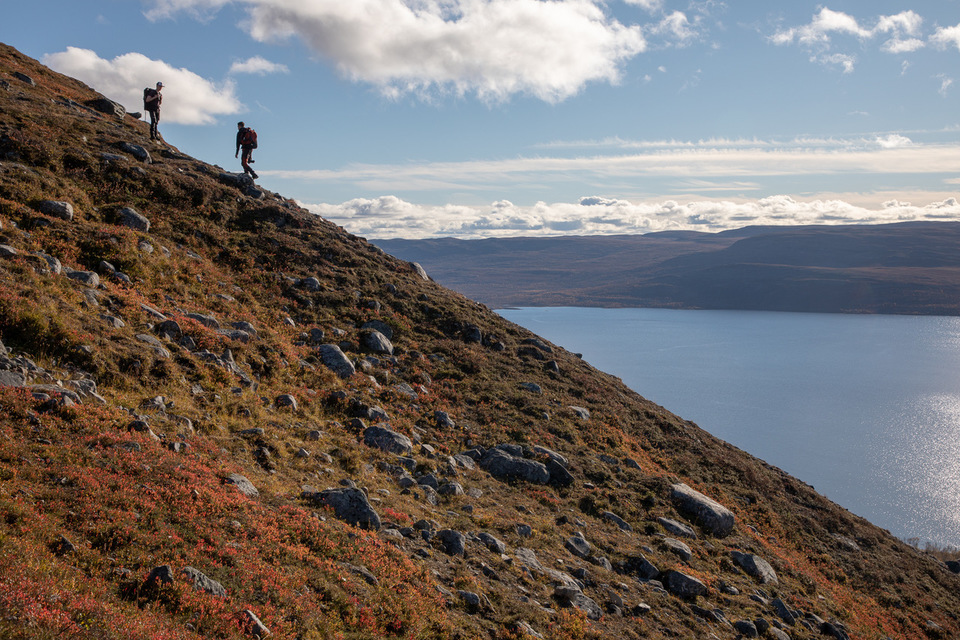
Can you explain a bit more about what Field Notes is? It seems to combined a lot of familiar art program genres.
Some refer to it as a workshop or residency, but for me it is a field laboratory. A group of about forty practitioners with diverse professional background from art, science, and other disciplines meet for one week at the Kilpisjärvi Biological Station to work in different groups under an umbrella topic. The work in these groups can take different forms but essentially is located in the field—the landscape—and uses this surroundings as a research and test site, as a catalyst to dive into the different questions posed. The groups are encouraged not to produce anything specific like an artwork. To allow this freedom is one of the strong points of Field Notes and can also be seen facilitating spaces of possibility, creating a space enfolded by a question, but not confined by any one method on how to answer it.
The 2018 theme for Field Notes was “Ecology of the Senses”. Could you dissect what is this theme is meant to investigate for us?
It came out of the two-year Hybrid Matters program, which was composed of a field lab, symposium, exhibition, and other activities under the same name, where we were investigating hybrid ecology, the convergence of our environment with technology, and, essentially, the intentional and unintentional transformation of our planet through human activity. In a hybrid ecology, you have all these different actors: the biological ones, like humans, other animals, and plants, but also technological ones, like algorithms, software, tech infrastructure, and so forth. Through Ecology of Senses, we wanted to explore the role of sensing within this convergence: the ways we make sense of the world, how worlds are made through our senses, and the changing sense of self that comes along with that.
Central to the theme is the notion that humans expanded our original sensorium considerably with technology. The spectrum is wide: in it we find our own human body senses, but also animal- and biosensors and electronic sensors. We can already catch a glimpse of a fully quantified computational planet with its first implementations of orbit-tracked, networked bird and fish swarms, or fully wired forests. A general excitement about technological sensing possibilities with their reliable production of objectivity has led us to give less value to human and animal senses or phenomena and environmental indicators around us, considered to be subjective. Ecology of Senses wanted to explore this gap and to engage with the inner and outer landscapes, create field experiments, find and establish test sites, and set up observatories and excavations. We did this by establishing five different groups of about six experts, each hosted by an invited practitioner.
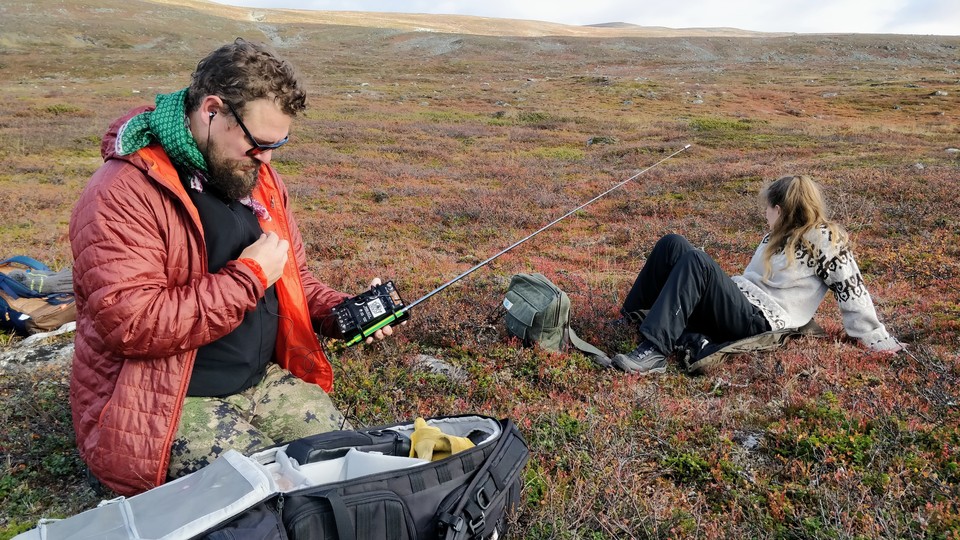
I can see that one thing that makes the organization unique is that people who want to work with art and science have come to a station not to use the lab, but to be in the field. Do you think that has to do with the people who create a type of bioart work that doesn’t really come from the lab, or is that only one aspect?
Lab work can be done anywhere. That is the main point of it: to create a work environment that can be reproduced by others as long as the conditions are the same. So for this we do not need to go to Kilpisjärvi. Fieldwork, on the other hand, is site-specific; it can’t be reproduced somewhere else. That we do fieldwork in Kilpisjärvi stems from the fact that the biological station is supporting us and that its subarctic environment and ecology is unique in Europe. From the very beginning, we have been working within a very broad spectrum. Traditionally bioart was a laboratory practice, which we do as well, but we have expanded on this with the idea of updating traditional environmental art to explore what environmental art is under the contemporary (bio)technological condition. There is more about this in our first book Field Notes: From Landscape to Laboratory.
Language seems to be so important to this group. I understand that, within the group, there is an avoidance of the word “nature”. Could you talk about that?
We wanted to operate within a language where it is clear that there is no place left on this planet which is not part of this convergence I mentioned before. The concept of nature allows the illusion that there is a separation between our activities and our environment, and elides the fact that we are currently destroying the foundations of our being on this planet. One example of this was in Hybrid Matters, in which we avoided falling back on binaries like “natural/artificial”. Nature is a very romantic concept, and in our everyday thinking it does not necessarily include humans. It is a place to go when you want to relax, be alone, or feel the sublime.
Can you talk about the relationships at the Biological Station that make Field Notes possible?
The station’s director, Antero Järvinen, was part of the Bioart Society from the very beginning. He is very generous, and continuously encouraged our work without interfering in it. He will soon retire, and we hope that the new director will continue to support our work.
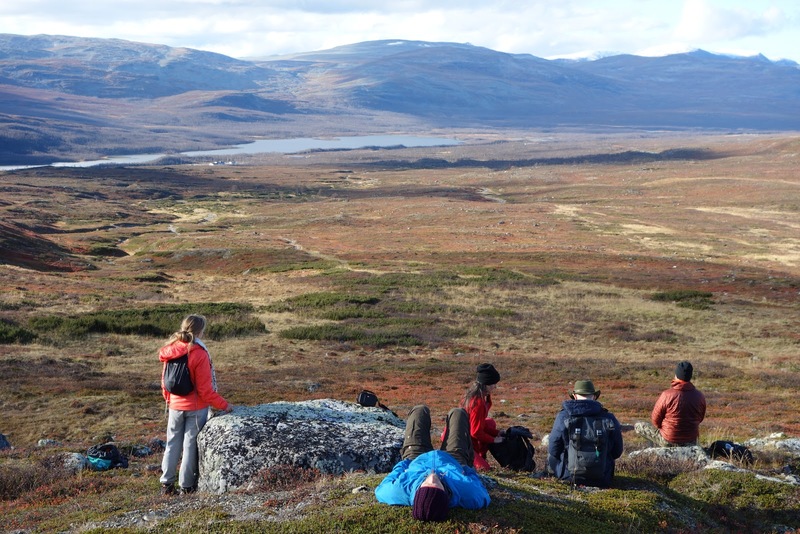
Can you tell us what do you plan for this year’s edition?
This years Field Notes field laboratory is themed “The Heavens”. About 1.5 years ago we had British scientist Melissa Grant invited to participate in one of our events. Afterwards we sat together and talked about our work. Melissa told about her exciting project with HAB (High Altitude Bioprospecting), a group of scientists and artists who investigate microorganisms living under extreme cold conditions in the atmosphere. There we realized that we are or have been working with a number of artists whose of focus of interest is located above ground. During the previous field laboratories we stayed on the ground around Kilpisjärvi with its natural and human history. If we did go up into the sky with drones or helicopters, then only to look down. With “Field Notes – The Heavens” we will turn our attention and experiments to the sky and look how the unique sub-Arctic setting of Kilpisjärvi can assist us to learn more about what is above ground: life, peculiar phenomena, politics as well as strong ambitions and desires of which some are totally exciting and others extremely questionable.
You’re joining the Feral Labs network, can you tell us what it is?
With the Feral Labs network we join forces with like minded art organisations, some of which we have been working before like our friends and colleagues from the network lead Zavod Projekt Atol, Ljudmila, Makery or Catch but also for us new partners like Radiona or Schmiede. With this network we implement a series of laboratory like gatherings with the idea to foster pan European exchange for transdisciplinary practitioners. Laboratory in this context means that this gatherings have a thematic orientation but are devised for an open outcome. Many of the labs are also situated in rural and off the main tracks locations and provide a unique setting which the program take advantage of – so the name Feral Labs. The network is funded by the Creative Europe program and we are really glad that this enables us to work together.
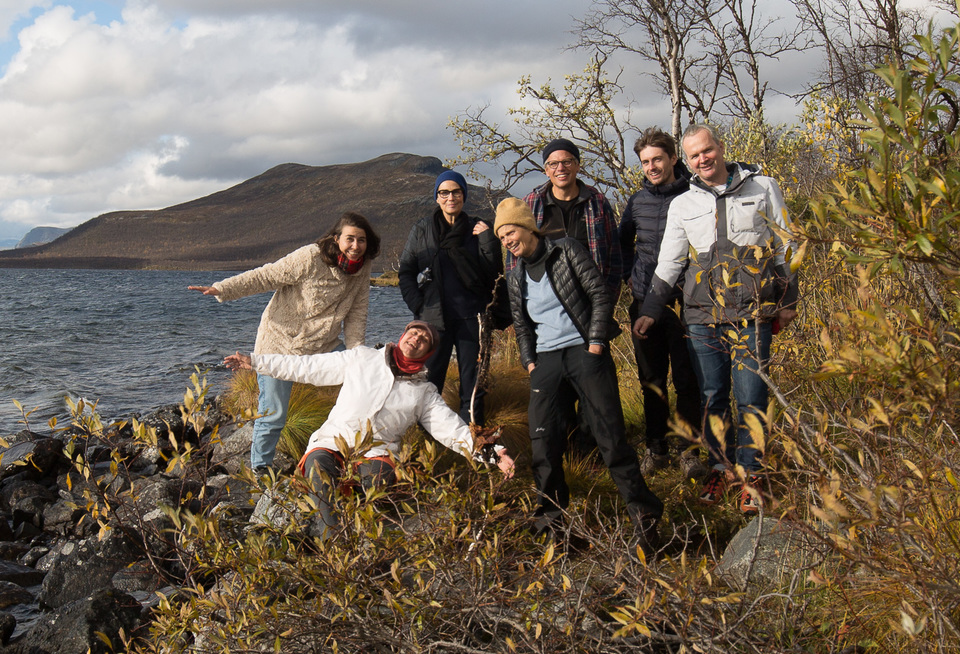
Who are the hosts of “Field Notes – The Heavens” and what are their group themes?
To work into this rather massive theme we have chosen a group of extraordinary artists and scientists who will facilitate the five groups which we will assemble through the open call which is just published.
Biochemist Melissa Grant and lab automation specialist Oliver de Peyer will host the above mentioned HAB group to investigate the relationship between ground ecologies and those in high altitudes. Some research suggests that there are microbes above us seeding snowflakes and rain clouds and are as such instrumental for life on the ground.
Artist Andy Gracie with his Space-Earth-Space group will explore the tangible and conceptual connections and exchanges between Space and Earth. Among other questions this group will for example investigate what kind of material has been exchanged between Space and Earth and how to devise methods on how to track, record or visualise such material and the process of exchange.
The Air group of artist Hanna Husberg and environmental scientist Agata Marzecova works with the proposition that ‘Knowing the atmosphere’ is contingent on techno-scientific apparatus, epistemologies, and infrastructures of the “military-industrial-business complex” that cannot be thought of as separate from the histories and politics of capitalism and scientific thought. They will inquire into the political and aesthetic practices that allow for apprehending and sensing the atmosphere.
Marja Helander, an artist of Sámi origin, the people whose land – Sápmi – we are guests on during our field laboratory in Kilpisjärvi, is hosting the Strange Weather group. The group will take anthropogenic aerial events and global transformations like acid rain, the Chernobyl disaster or climate change on Sápmi territory as a starting point to expand on issues of de-colonisation, environmental and social justice and the anthropocene.
Finally, like with every edition of Field Notes we run the Second Order group which is this time hosted by artist, curator and writer Ewen Chardronnet (Makery’s chief editor). This group will have a different working model then the rest. It will be composed of philosophers, theorists, independent researchers and other suitable practitioners. Their work will be twofold, on the one hand, they do research on the rest of the groups, and at the other hand, they will act as discursive agents introducing critical perspectives in order to go over traditional research boundaries, methods and practices. I am quite curious already about the response to the call and hope that we can take diverse group of practitioners to Kilpisjärvi.
